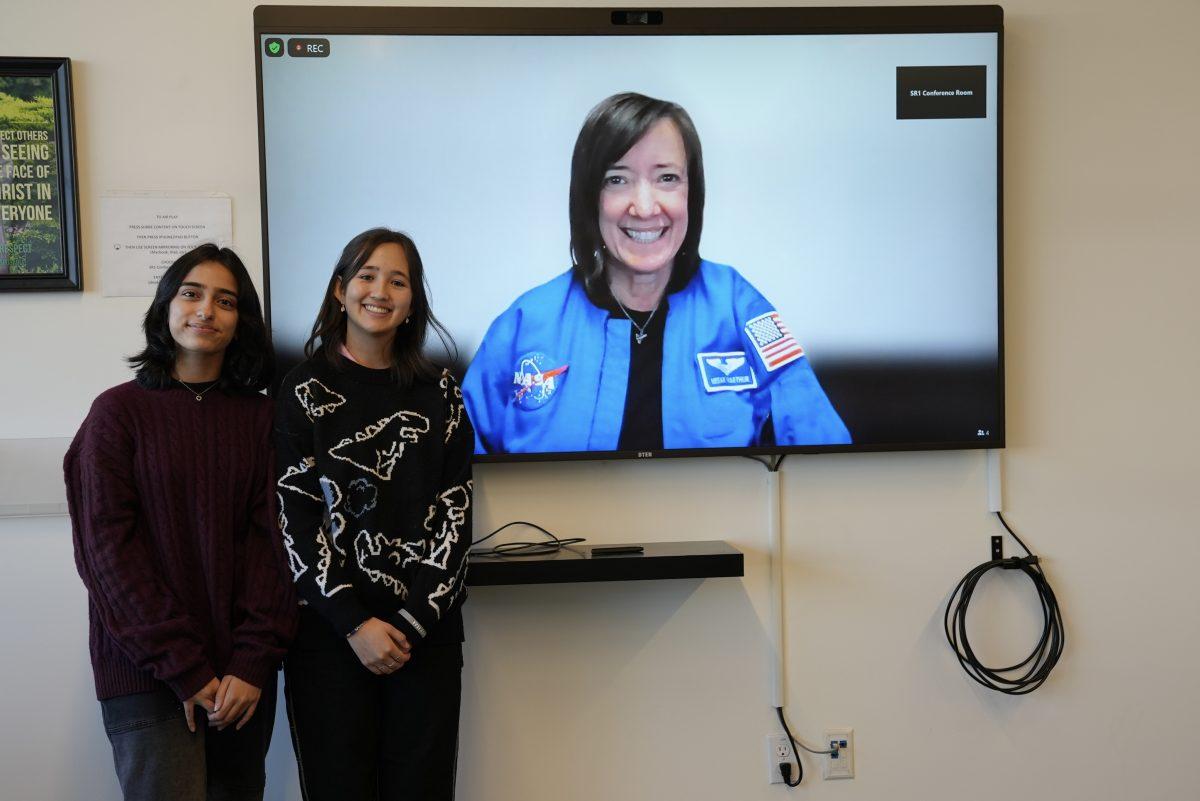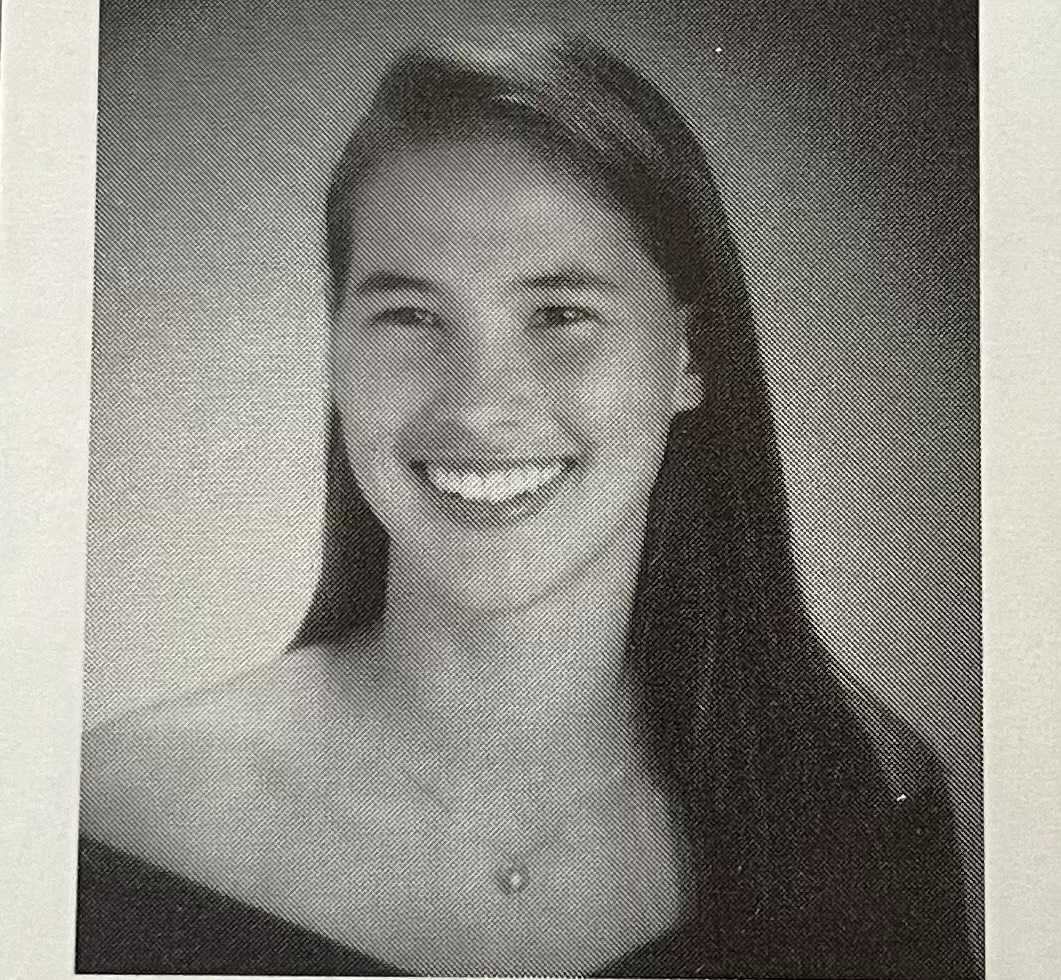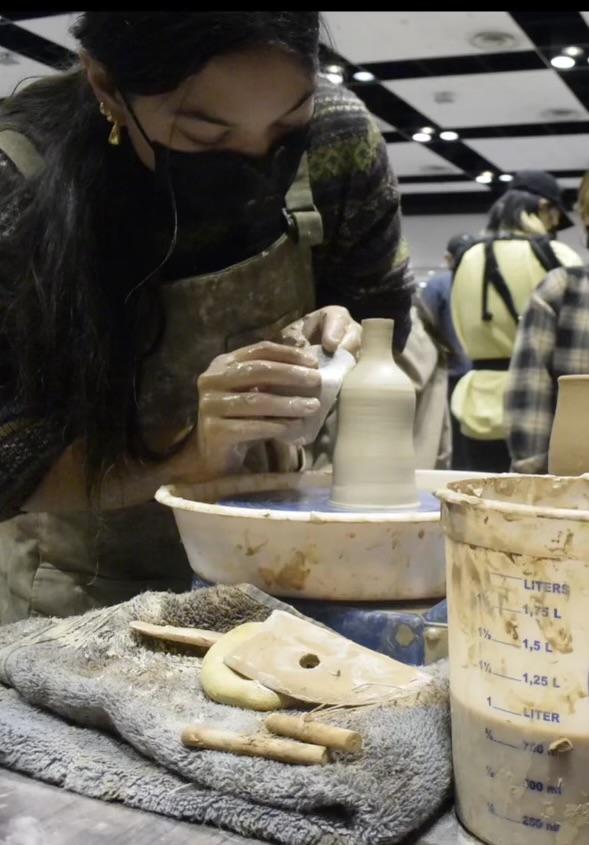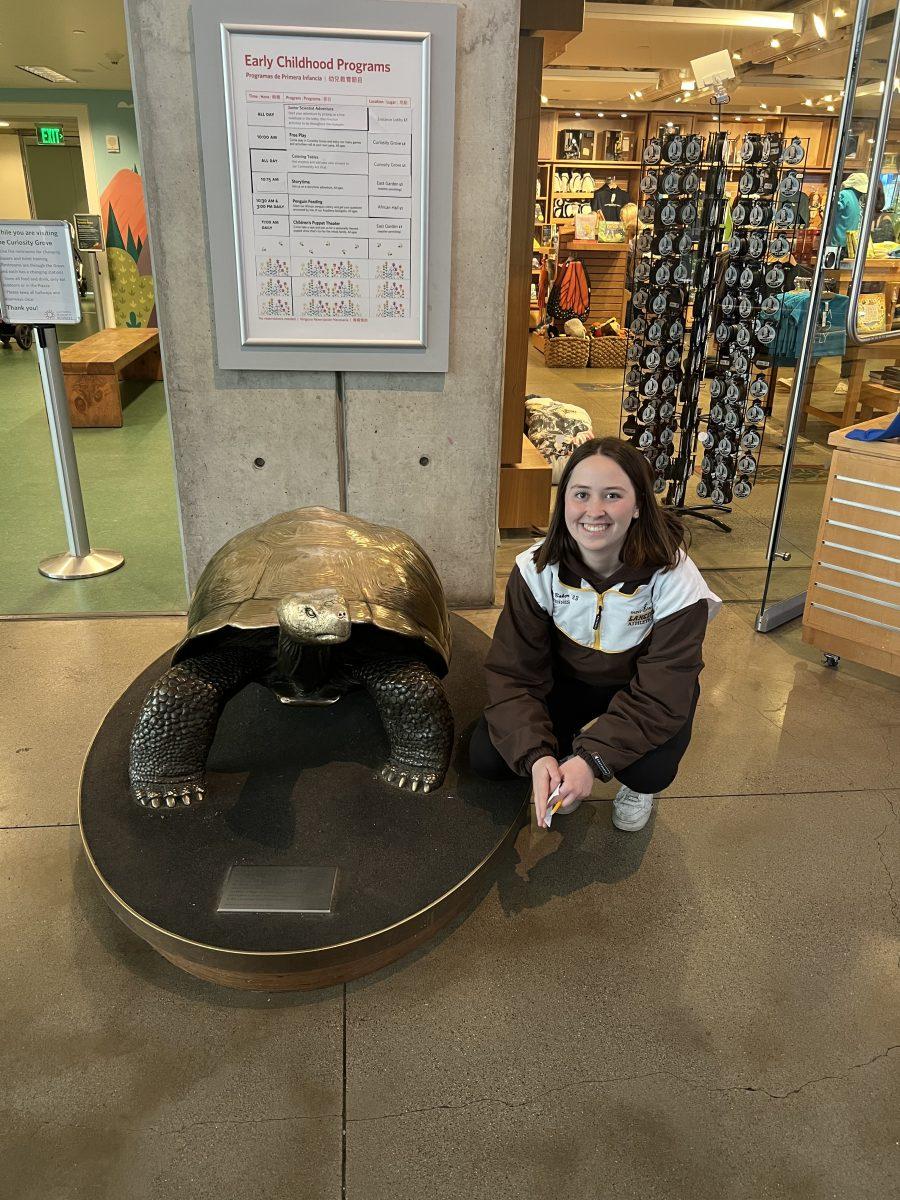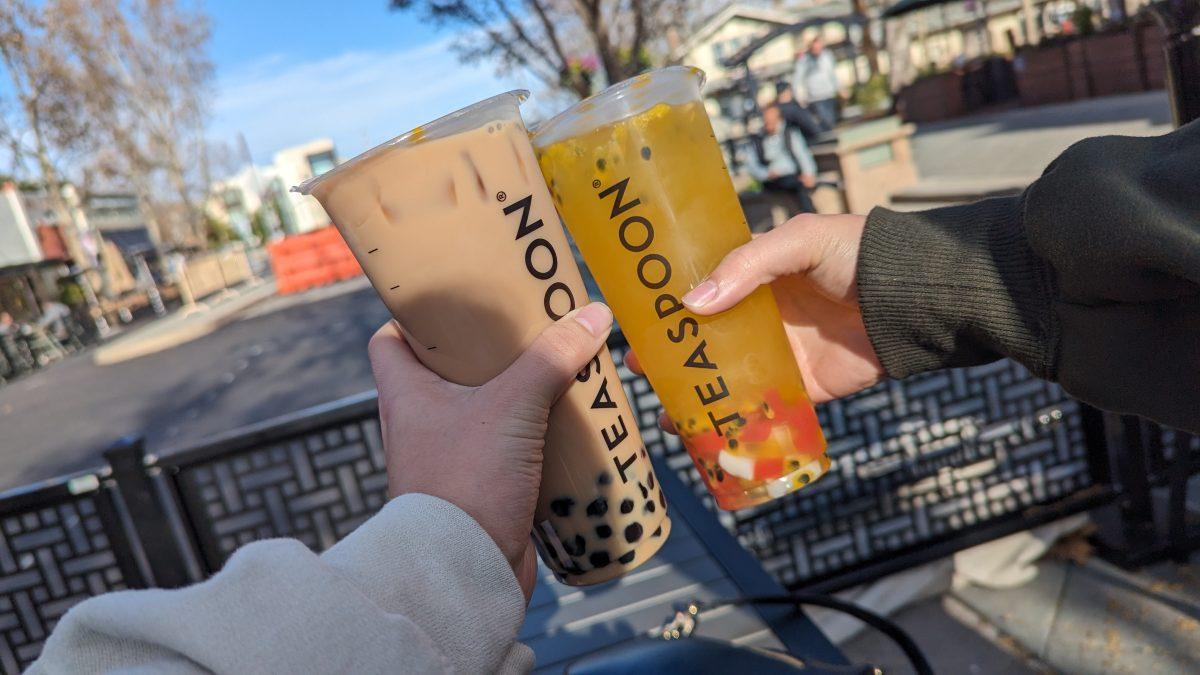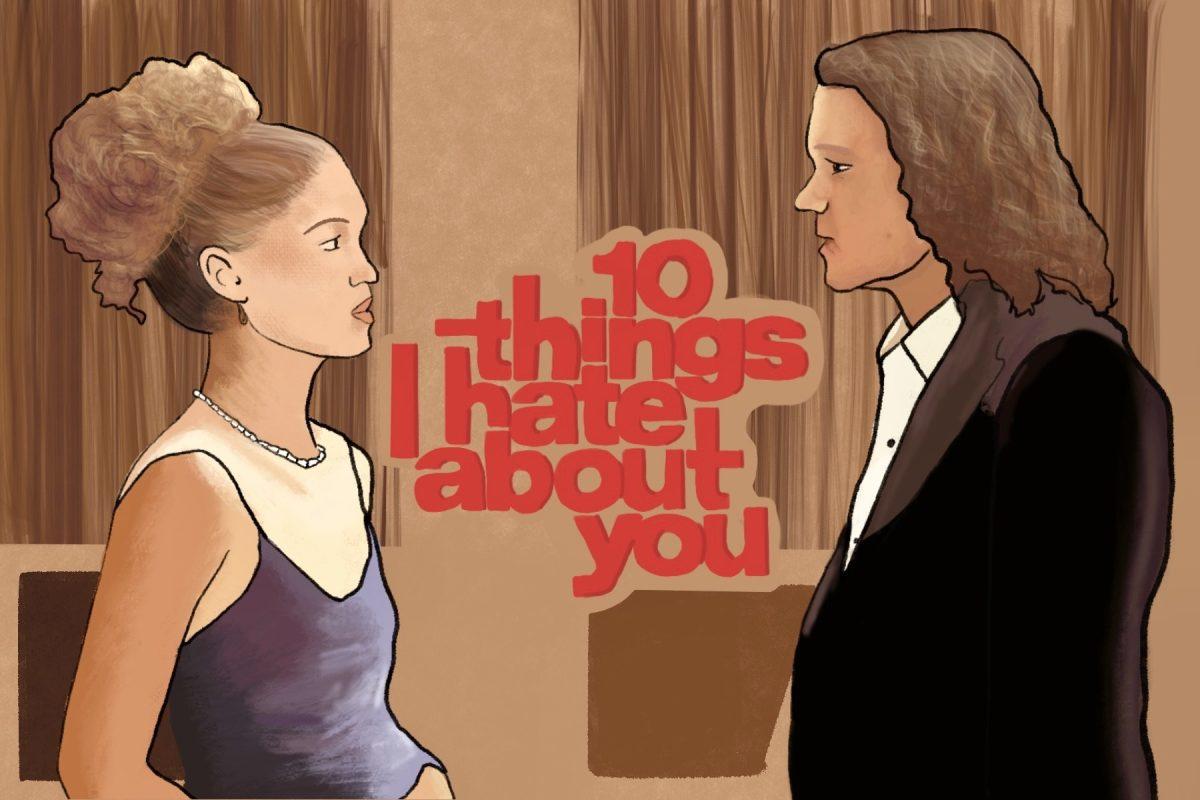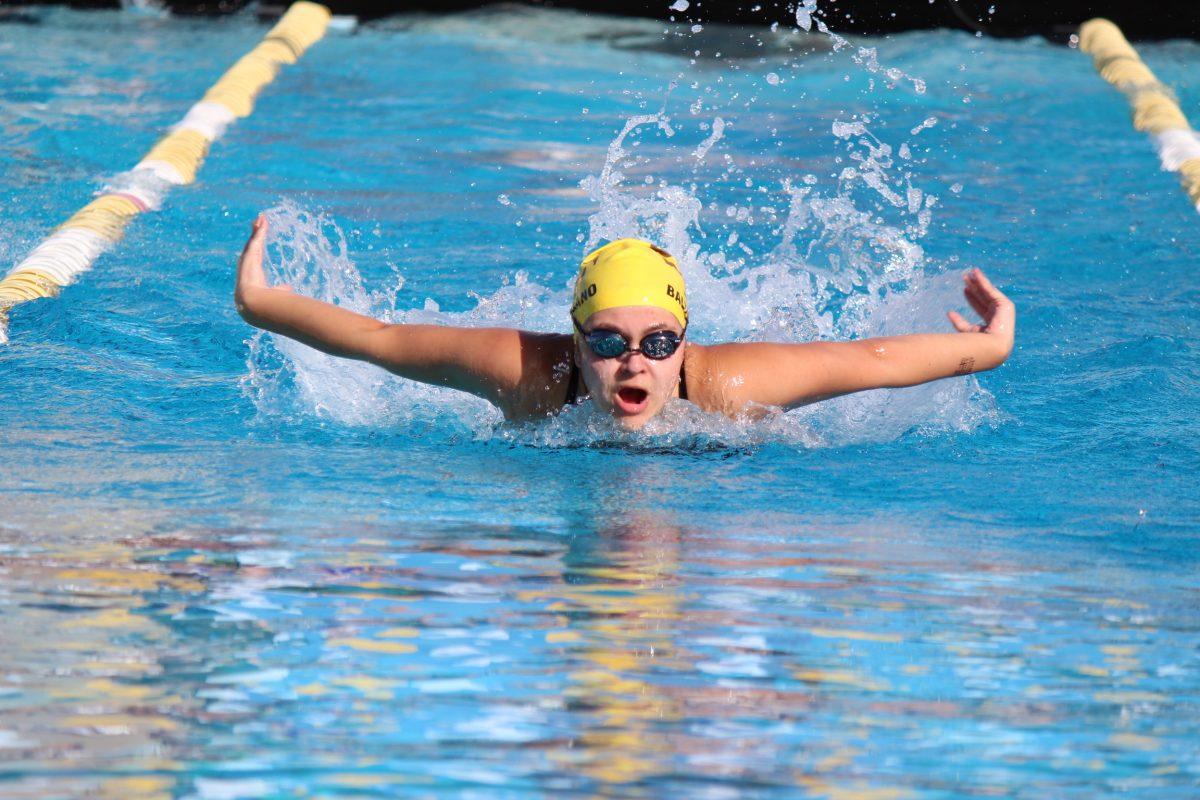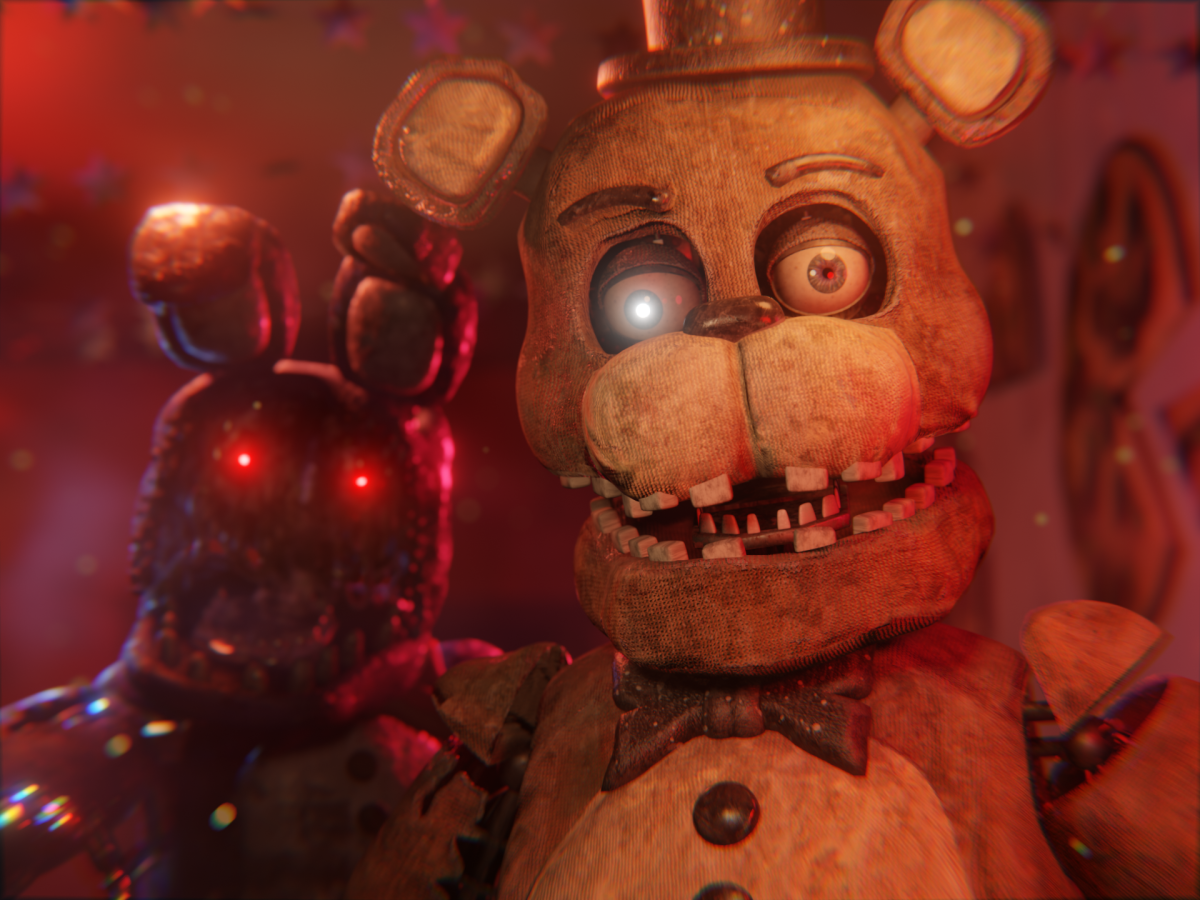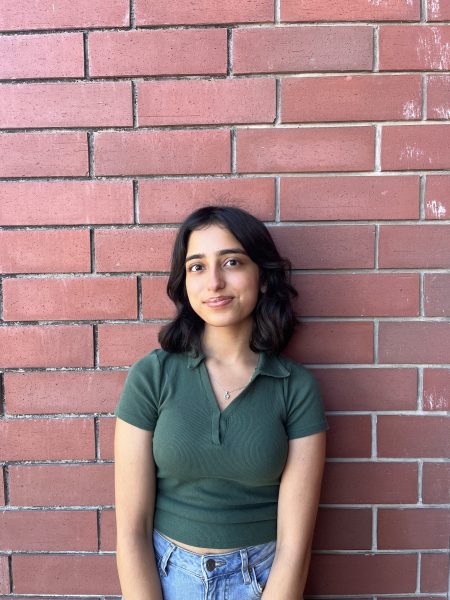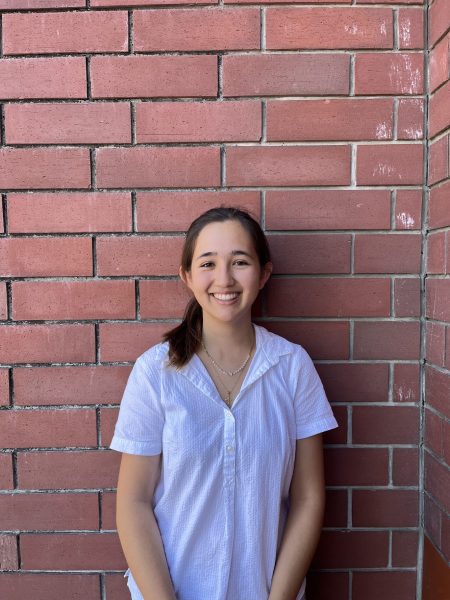After graduating high school, some Lancers find themselves wanting to leave the Bay Area and venture off to other parts of the country, or even across the world, as they become young adults. For others, California remains the place to be. But Dr. K. Megan McArthur (’89) had an entirely different destination in mind to explore after her time at Saint Francis: space. Dr. Megan McArthur is an acclaimed NASA astronaut with a background in oceanography and engineering. Notably, she served as a mission specialist aboard the final mission to the Hubble telescope in 2009 and was in space for two hundred days at the International Space Station in 2021.
The Lancer: Our first question is an introduction. Do you mind sharing when you attended Saint Francis and why you chose to come here?
Dr. Megan McArthur: Sure. Let’s see. I attended Saint Francis for my junior and senior years, and I graduated in 1989. So that must mean I started in 1987. And actually, my sister—my older sister—graduated in 1987, so just before I started. Our family, we’re a military family, and we moved around quite a bit around the world, and when we arrived back in California, my parents, you know, they got us started in school right away, and then my mother learned about Saint Francis and the great program that they have there. We’re a Catholic family; she really wanted us to be able to attend there, so I was able to transfer in my junior year.
TL: What was Saint Francis like when you were attending?
MM: Well, it looks quite a bit different than what I’m seeing on the screen right now, but it’s always been a beautiful campus, even all those many years ago. It always kind of looked like a small community college, you know. It’s just beautiful and open. We were always able to sit outside and enjoy the nice weather. I guess that’s kind of the main thing. I think the thing that stands out the most to me is how welcoming people were when I arrived, like Mrs. Tennant’s honors English class, and how friendly people were to me in that environment. Many of the students have been together for years and years, and I was kind of this new kid thrown in there. And that could have gone a lot of different ways, but that’s really what I remember.
TL: What clubs or activities do you remember participating in?
MM: I was in the Shakespeare Club. Do you guys still have that? That was a standout. Mr. Christensen was the leader for that club, and we had a great time. We did the trip to Ashland, Oregon. We got to travel and see some live plays at the Shakespeare festival there. So that was a lot of fun.
TL: What were some of your favorite classes when you were attending here?
MM: Definitely my English classes, and it probably sounds funny for an astronaut to say that. Those were some standout classes; both Mrs. Tennant and Mr. Christensen were real standout teachers. Mr. Johnson, the calculus teacher, was excellent. His class was so, so good, the way it just really broke everything down into his objectives. You know, we didn’t learn from a standard textbook, we learned from Mr. Johnson’s textbook, and it really was a way that worked for me. Those are some great classes. And of course, physics as well is just fun, right? And so we had a lot of fun. Ms. Bagnardi’s physics class was another great one.
TL: What did your academic journey after high school look like?
MM: So I went to UCLA, and I studied aerospace engineering at UCLA. From there, I went to graduate school at UC San Diego, the graduate department that’s called the Scripps Institute of Oceanography. And I did a PhD there in oceanography.
TL: What inspired you to pursue your current career? Was it something you always wanted to do, or was it more of a gradual realization?
MM: So my dad was a career naval aviator, as I mentioned earlier, and my family grew up kind of all over the place. We lived on air bases around the world, and as a little girl, my dad would take us all to air shows with him. When I was about seven, I said, I want to be a pilot like my dad when I grow up, as I grew up on Moffett Field Naval Air Station, which is not a naval air station anymore, but it’s still there with the big hangars. So I saw pilots coming and going all the time, and I started to see astronauts coming and going as well. And they would fly in in their T-38 jets and their fancy blue flight suit, and they were coming to fly a simulator that’s called the vertical motion simulator; that’s actually still there. It was a way to practice landing the space shuttle because the space shuttle is a glider. And so you know, you really got one shot to get that right when you’re coming home. And so they would come to do that training at Ames Research Center, which shares a space with Moffett Field. For me, I was about 14 when I first started to see that happening, and I realized that being an astronaut was a real job that real people had, and I started to learn more about it and was just fascinated by this idea of exploration, pushing beyond the boundaries of what we know and what we think we can do. And doing it as a team, right? It takes thousands of people to make something like that happen, so that’s when I first started thinking, you know, even if I never get to be an astronaut, I want to be a part of something like that.
TL: How would you say Saint Francis helped you prepare to have a career as an astronaut and as an oceanographer?
MM: I think one of the things at Saint Francis that had a powerful influence on me was that it was challenging, like, the academics are challenging, and I had people there who weren’t family members, who really believed in me, like Mrs. Tennant. I think for a young person that’s very powerful to be seen by someone outside your family and to be challenged, and then to be able to rise to that challenge. So I think that what is really special about Saint Francis is it provides that sort of launchpad, if you will, of, “Hey, we’re not going to make this easy for you; we’re going to provide you the tools and the skills and the environment to support you, and then we’re going to recognize your successes and celebrate with you.” So that I think was the really powerful contribution that Saint Francis had in my life.
TL: What are your favorite and least favorite parts of being an astronaut?
MM: I think one of the things I love about my job is that every day is different. I’m not doing the same thing all day every day, which makes it challenging; there’s pluses and minuses to that—sometimes you would just like an easy day. But whether you’re in space or on Earth, every day is a little bit different. So you’re always learning new things, you’re always being challenged. I really do like that. That being said, meetings, wherever you are, whether you’re on Earth or in space, meetings can be a real drag sometimes. I think working with a team and being on a high-performing team is really awesome, but sometimes, you know, the grind to get you through to the solution to a challenging problem can be hard.
TL: Yeah, absolutely. What is something you’ve learned from your career that you want to share with current Lancers?
MM: I think the power of teamwork has been a real feature in my life, that you don’t accomplish any of these great things on your own. I’m really lucky to get to be where I am and to do the things that I’ve done. But never for one second did I think I put myself here, that I got here by myself. So finding a good team, whether that’s your family, whether that’s your classmates, the people in your life, and then being a good teammate, providing that support in return, I think is the most important thing.
TL: What were the purposes of the different space missions you went on, and what was your role on those missions?
MM: So I’ve done two missions into space. The first one was on the space shuttle Atlantis in 2009. And that purpose is very straightforward, right? It was to service and repair the Hubble Space Telescope. Prior to the James Webb Space Telescope, which you’ve probably heard of, a more recent entry into this field, there’s been the Hubble space telescope for over thirty years. When you have a car for thirty years, right, you have to take it into the shop to give it repairs and upgrades and whatnot. The Space Telescope is in space. It’s orbiting the planet, so we kind of had to take the repair shop to the telescopes. So the space shuttle, we loaded up with equipment, we trained and trained to do very specific repairs on that telescope; that was the purpose of the first mission. Of course, the purpose of the telescope was to observe the universe and to try to answer some of those almost unanswerable questions about the universe—the age of the universe, the expansion rate of the universe, what other kinds of planets and galaxies and formations are out there. It’s still doing that job; it overlaps with the James Webb capabilities, but they’re not exactly the same. My second mission had a much broader purpose. So the International Space Station just actually celebrated its 25th anniversary, which is super exciting. And we’ve had people up there since the year 2000, which is when I became an astronaut, and we live and work aboard the space station. It’s an orbiting laboratory in space, and the reason we have a laboratory there is because it creates a different environment. So on Earth, you and I, and everything on the planet, we live in what we call a 1-G environment, which means we’re subject to the gravitational pull of the Earth at the surface of the earth. When we live in orbit, the spacecraft is falling around the planet, and it creates a micro-G environment. Everything that we understand about how things work on Earth—how fluids move, fireworks, how protein crystals grow—these things all happen differently in this micro-G environment, so by studying those differences, scientists can learn new things. For example, we can study the human immune system, we can learn about new pathways in the human immune system that might help build targeted drugs for specific diseases that people suffer both on Earth and in space. We can look at combustion and learn new things about how flames work, for example, we can get combustion at much lower temperatures in orbit, because the fuel droplets are all floating, and so they can still have this reaction, where in a gravity, a buoyancy-driven environment, that wouldn’t happen. Potentially, we can use those new things that we learn to build cleaner-burning engines that create less pollution for use on Earth. So we’re using this new environment to study all kinds of different things that are going to benefit us on Earth, as well as in space, when we continue to live in space, and we go farther and farther from our home planet.
TL: What’s it like being a woman in this field?
MM: I’ve been in this job for 23 years now, which blows my mind to think about, because that’s probably longer than you guys have been alive—it is certainly as long as you’ve been alive. So I really, I definitely saw that change. You know, there were women astronauts for twenty years before I became one, so we definitely benefited from their pioneering role. I know some of those women; some of them were still at NASA when I started, and so seeing that growth has been really tremendous. I would say that women are equal partners at NASA, and in particular, in the human spaceflight realm. We have women in every level of management as well, senior leadership, you know, all the way down to the working troop level. It’s a great thing to see. I have worked in mission control, as what’s called a capsule communicator, or capcom. And that’s, if you ever saw the movie, Apollo 13, where they have this room full of engineers that are troubleshooting the spacecraft; we have that room full of engineers all the time now for the Space Station, 365 days a year. When I first started, if you were working the overnight shift, you’d try to take short breaks, like whenever we don’t have satellite coverage, we take a quick run to the bathroom, right? So the crew, you know, they call down on the radio, there’s no one there, you want to minimize the time you’re away. So when I first started, it’d be in the middle of the night, and I’d be maybe one of the only women in the entire building, so there’s no line to the bathroom, which is great. And now, you know, 23 years later in the middle of the night, like there’s a line out the door. You know, there’s almost as many women in this field as there are men, and it’s a great thing to see women and you know, people from all different backgrounds with a seat at the table, contributing, making the decisions, making the important calls. I feel really good about that. There are some things that we still deal with. Our spacesuits were designed twenty years ago, when the population was mostly men, so operating our current spacesuits for women and particularly people that are smaller, it’s really hard. Our new spacesuits are going to be designed to fit a much broader spectrum of body sizes, designed for everybody to be able to operate them. Because we have so many more people at the table thinking about that diversity, we’re making better decisions, we’re being more inclusive so that the space programs going forward are going to be even better than they were when I showed up.
TL: This is more broad, but what’s it like being up in space?
MM: It is awesome. It is so much fun, the moving around in the environment, just floating and flying. You can do things that you couldn’t possibly do on Earth; I can move things that are massive by myself, I can perch on the ceiling, and just look down on everything that’s happening. The reverse side of that is that there are things that are really, really simple on Earth, like, for example, brushing your teeth, or washing your hair, but really, really hard in that environment. You have to really think through everything that you’re going to do. When you’re getting ready to take apart some complicated piece of equipment on Earth, you would be very careful about “Oh, I’m gonna lay out all my tools and everything I take out, I can lay out very carefully.” Well, you can’t do that in space, right? It’s all gonna float away, so you have to have a different plan. I have a colleague who likes to say, “Living in space makes the impossible possible and makes the simple really, really hard.” That’s a pretty great description of it. The other thing that I love to tell people about is how beautiful our planet is, right? Like, such a beautiful planet, looking at the Earth from space, looking at favorite places, finding my parents’ house as we fly over, taking photographs of national parks, things like that. We have such a beautiful planet. And it really drives home how special and how fragile we are. We have this super thin layer of atmosphere, that is what keeps all of us on a spaceship or Earth alive and able to do what we do. And so really, there’s that very visceral realization that we have got to take care of this beautiful planet that we’ve been given.
TL: And then if you could give a piece of advice to your high school self, what would you tell her?
MM: You know, I think it’s a natural, normal part of growing up, but sometimes we lack confidence in ourselves and in our choices when we’re that age. I would say, don’t be afraid to ask questions and ask for help. If there’s something you don’t understand, ask. People want to help you achieve your dreams. So build that great team and rely on the people around you.
TL: Now we just have a few lightning round questions. The first is, what’s your favorite planet?
MM: Earth.
TL: What’s your go-to space snack?
MM: Peanut M&Ms.
TL: And then last one, what’s your favorite movie?
MM: Oh, Apollo 13.
Responses have been lightly edited for length and clarity.




































































